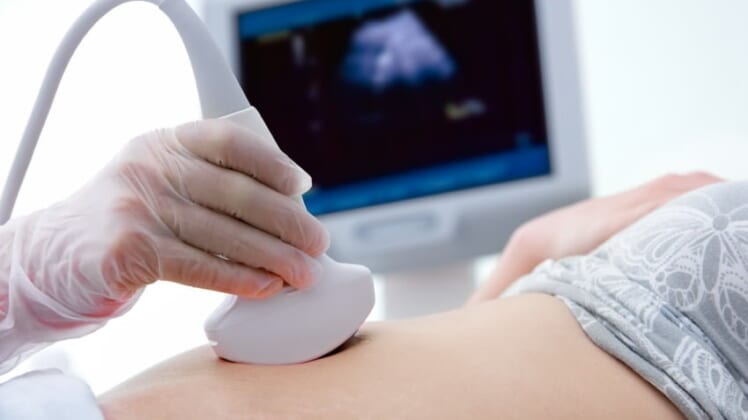
Since 2008, pregnant women in the United States have been required to undergo screening for HIV as part of their routine prenatal care. The screening, implemented by the American College of Obstetricians and Gynecologists (ACOG), should be done as early in the pregnancy as possible, and again when the patient reaches the third trimester.
It is important for the physician to discuss with the patient the significance of the testing and the benefits that come from being tested early, which include treatments available to prevent perinatal transmission of HIV. One of the many reasons that it is necessary to test the patient again in the third trimester, is so that pediatricians are aware of the HIV status with regards to the newborn. It’s also important because breastfeeding is contraindicative in HIV positive women, and it allows time for the physician to explain that they should not breastfeed until their HIV status is known.
From a laboratory point of view, the prenatal test that is typically run on an HIV-infected patient includes a CD4 cell count and viral load, and at a minimum, all of this should be monitored every trimester. Patients who are screened for HIV should also be tested for syphilis, Hepatitis B and C, toxoplasmosis and cytomegalovirus (CMV). Depending on the patient’s HIV status and viral load, antiretroviral therapy is managed usually in consultation with infectious disease specialists.
The delivery options are something that is typically discussed if the HIV RNA levels are greater than 1,000 copies per ML near the time of delivery. If that is the case, an elective C-section is recommended for the patient at around the 38-week mark. If the levels are lower, a patient can typically deliver vaginally. During the course of labor, the mother will be given antiretroviral medication infused through IV. All of these measures are taken in an effort to prevent mother-to-baby transmission of HIV.
The bottom line is that HIV is still quite prevalent in this country, but many women who have been diagnosed with the virus have are able to achieve a healthy pregnancy by controlling their disease. The message, of course, is that these women should be monitored in a high-risk obstetrical unit and the proper protocols must be implemented. Until we find a cure for HIV, both patients and doctors must be aware of the potential risk that it could have in our communities.
